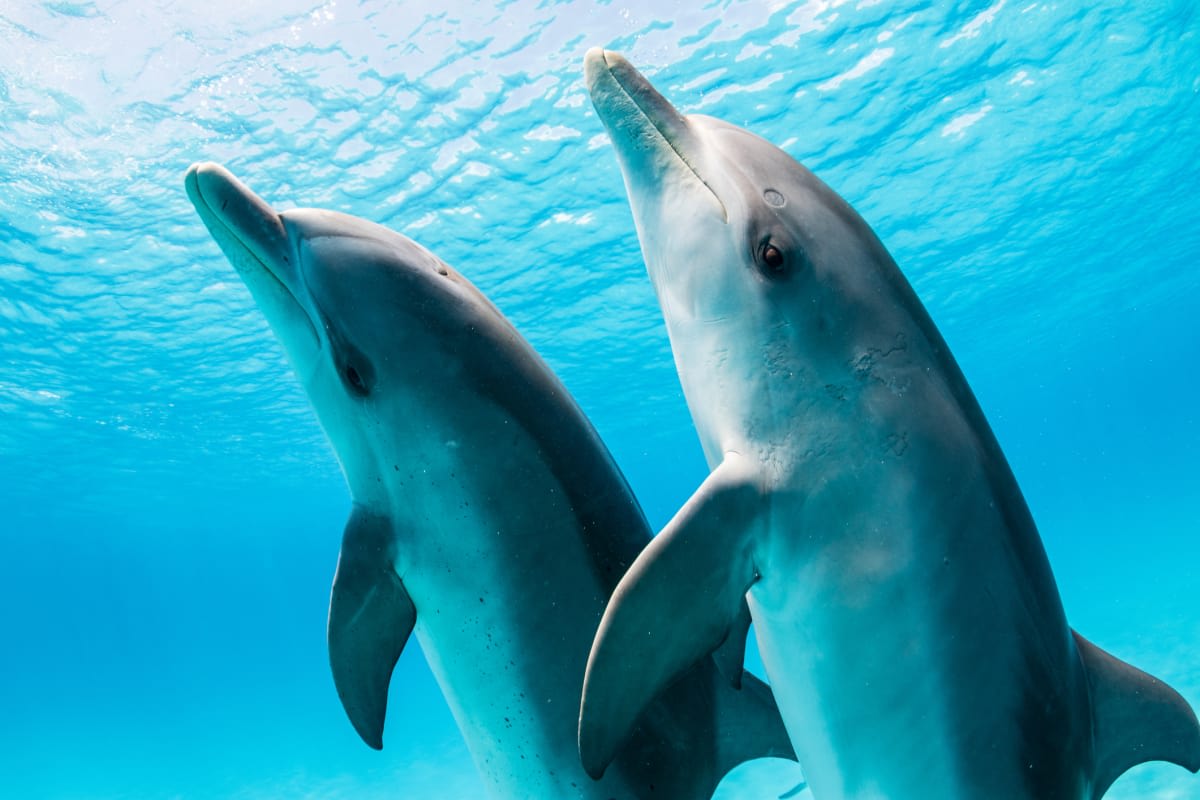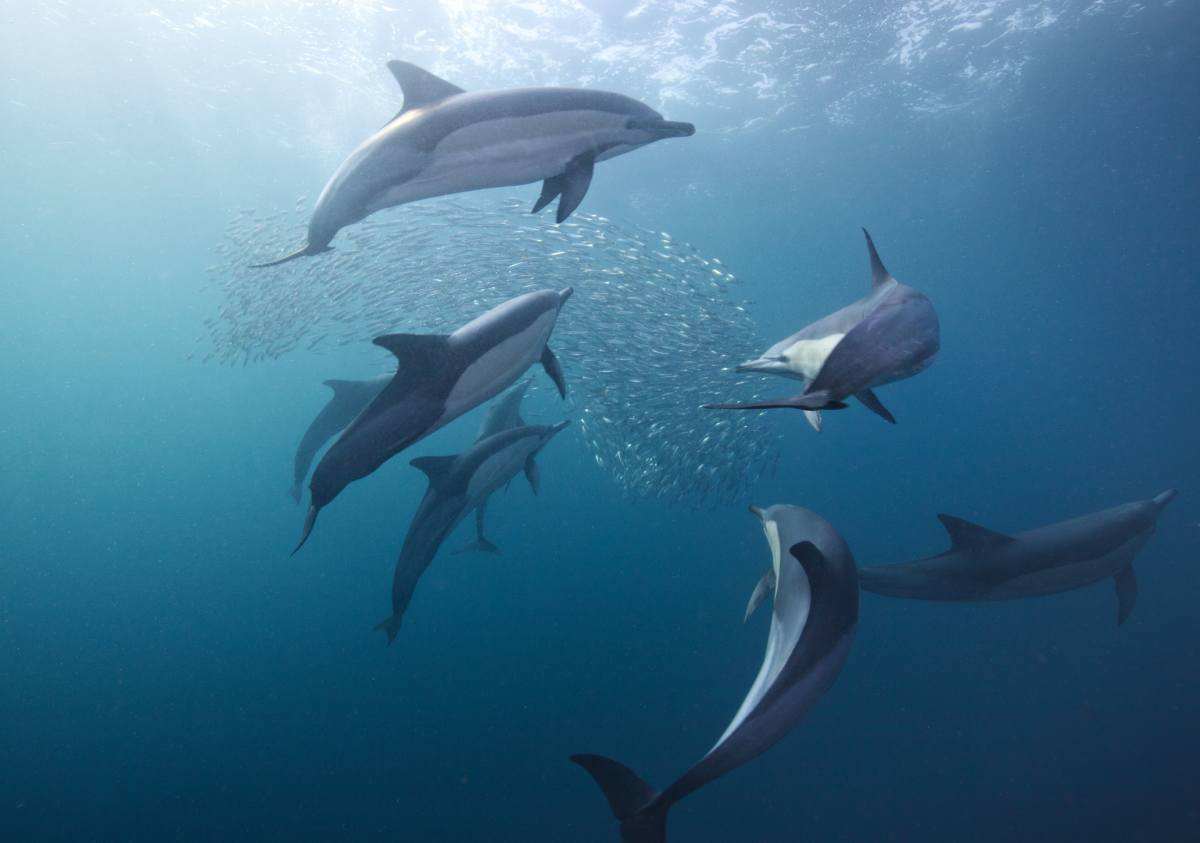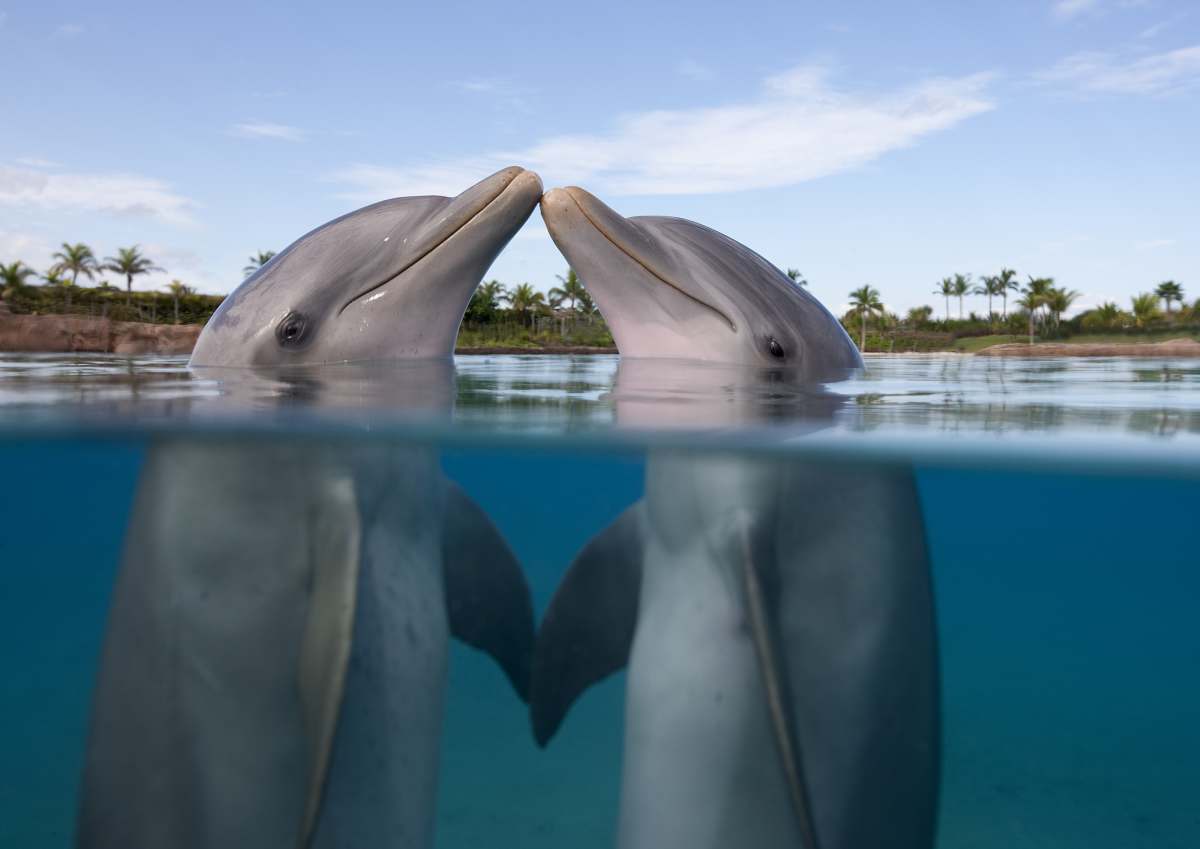Humans Will Soon Be Able to Have a Conversation With Dolphins — Thanks to AI

An Atlantic spotted mother dolphin observes her calf while foraging. She uses her unique signature whistle to call the baby back after he is finished. Back into Google’s laboratory, some researchers appear hooked to a computer screen that’s flashing a spectrogram of her whistle. Another screen displays the spectrogram of another dolphin’s squawk. All this may cause you to wonder if Google’s scientists are just having fun in their office. But thankfully, that’s not the case. These scientists are actually trying to learn the language of dolphins.

Dolphins have mysterious language, so chatting with them is still pure science fiction. So Google has humbly surrendered to its not-so-proficient language proficiency and designed an AI model that is being trained to learn dolphin vocabulary, according to Google’s blog post. The objective was to “crack the code” on how dolphins talk to each other, what they say to their family members, what sounds they make when trying to lure a mate, how they spell a seagrass, a fish, or a toy, and likewise. Dubbed DolphinGemma, this AI chatting model doesn’t work in the same way as models like ChatGPT or Gemini.

While these models use human-typed words as prompts to give a response, DolphinGemma observes dolphins’ sounds and records them in its system, and learns to mimic them. With this model, scientists might be able to communicate with dolphins in the future. If not scientists, then AI at least. Imagine an aggressive male bottlenose dolphin abandoned by its pod asking this AI for ways to deal with its loneliness. The possibilities are remarkable, limitless maybe. Google’s VP Karen Teo described it as a “fintastic” project in a LinkedIn post.
According to the press release posted on April 14, 2025, National Dolphin Day, Dolphin Gemma is the first LLM (Large Language Model) trained for 40 years to understand and mimic dolphin language, which may soon enable humans to communicate with these marvelous creatures. The team calls this approach non-invasive, or "In Their World, on Their Terms.” The model keeps a database of individual dolphin identities, their life histories, and trends of observed behaviors through underwater videos and audio. It continues to analyze what these ocean creatures talk about, their priorities, their life patterns, and their expressions in different situations.

The AI employs an array of Google’s audio technologies. DolphinGemma is a foundational AI model trained to learn the structure of dolphin vocalizations and generate novel dolphin-like sound sequences, including the SoundStream tokenizer that represents dolphin sounds, which are then processed by a model architecture suited for complex sequences. Other features enable it to separate the background ocean noises from the dolphins sounds. It is optimized to run directly on Pixel phones. The model currently monitors three main things, including the signature whistles that mothers and calves make when reuniting, the burst pulses often observed during fights, and the clicks and buzzes observed during courtship rituals or chasing sharks.
DolphinGemma is a foundational AI model trained to learn the structure of dolphin vocalizations and generate novel dolphin-like sound sequences. 🐬 pic.twitter.com/y8e7MHSK2V
— Google AI Developers (@googleaidevs) April 14, 2025
Apart from this project, Google is also working on a parallel project, exploring two-way interaction using technology in the ocean. By developing a program called CHAT (Cetacean Hearing Augmentation Telemetry) system, in partnership with the Georgia Institute of Technology. Like a Ghostbusters costume, CHAT is an underwater computer designed to establish a shared vocabulary. The program relies on associating novel, synthetic whistles with specific objects that dolphins enjoy, like sargassum, seagrass, or scarves, to build a sound vocabulary database and use it to talk to these flippering water beasts. Imagine chatting with an hourglass dolphin on AI and asking what it ate for dinner. Two hundred goldfish, it will probably answer.
More on Green Matters
Dolphin Picks up a Plastic Bag Floating in the Ocean — Then Deliberately Hands It Over to Humans
Adult Male Dolphins Are Peeing into the Air — Scientists Think They're Trying to Send a Message